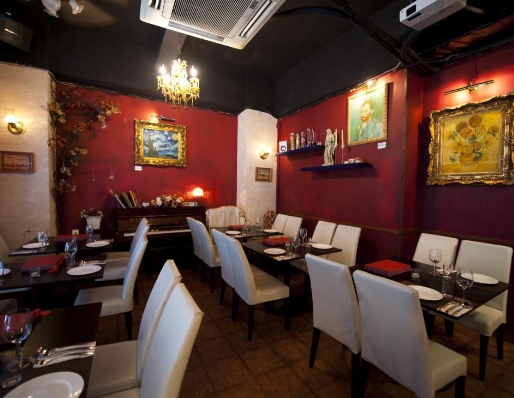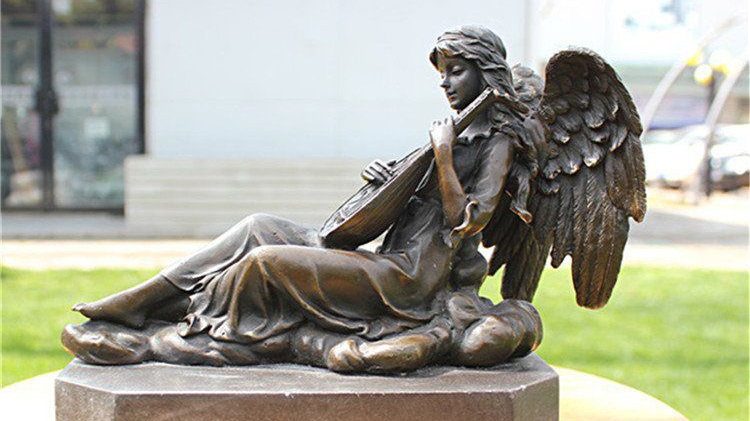Step Inside Van Gogh’s Kitchen: Uncovering the Inspiration Behind His Art
Vincent van Gogh’s kitchen was more than just a place to prepare meals – it was a source of inspiration for some of his most famous works of art. Let’s take a closer look at the kitchen that played such a pivotal role in the life and work of this iconic artist.
A Room Filled with Light and Color
Van Gogh’s kitchen in the Yellow House in Arles, France, was a bright and vibrant space. The walls were painted a sunny yellow, reflecting the artist’s love of color and light. The furniture was simple and utilitarian, yet infused with Van Gogh’s creative touch.
The kitchen was a place where Van Gogh experimented with different color combinations and compositions, often using everyday objects like fruits, vegetables, and kitchen utensils as subjects for his paintings. The play of light and shadow in the room created a dynamic and ever-changing canvas for his artistic endeavors.
An Expression of Van Gogh’s Emotions
For Van Gogh, the kitchen was not just a physical space – it was a reflection of his inner world. The bright colors and bold brushstrokes in his kitchen paintings convey a sense of vitality and intensity, mirroring the artist’s own turbulent emotions.
In his famous painting, “The Bedroom,” Van Gogh depicts his humble bedroom in the Yellow House, offering a glimpse into his personal universe. The warm tones and expressive lines capture the essence of the space, inviting viewers to step inside and experience Van Gogh’s world through his eyes.
A Source of Comfort and Creativity
Despite the challenges he faced in his personal life, Van Gogh found solace and inspiration in his kitchen. The act of cooking and preparing meals provided him with a sense of routine and purpose, grounding him in the midst of his struggles.
Van Gogh’s kitchen was a sanctuary where he could immerse himself in the sensory pleasures of food and drink, engaging all his senses in the creative process. The scents of fresh produce, the sounds of utensils clinking against pots and pans, and the taste of a simple meal nourished both body and soul, fueling his artistic vision.
In conclusion, Van Gogh’s kitchen was more than just a place to eat and drink – it was a place of transformation and transcendence. Through his paintings, Van Gogh invites us to step inside his kitchen and experience the beauty and turmoil of his world, reminding us of the power of creativity to elevate the everyday to the extraordinary.


